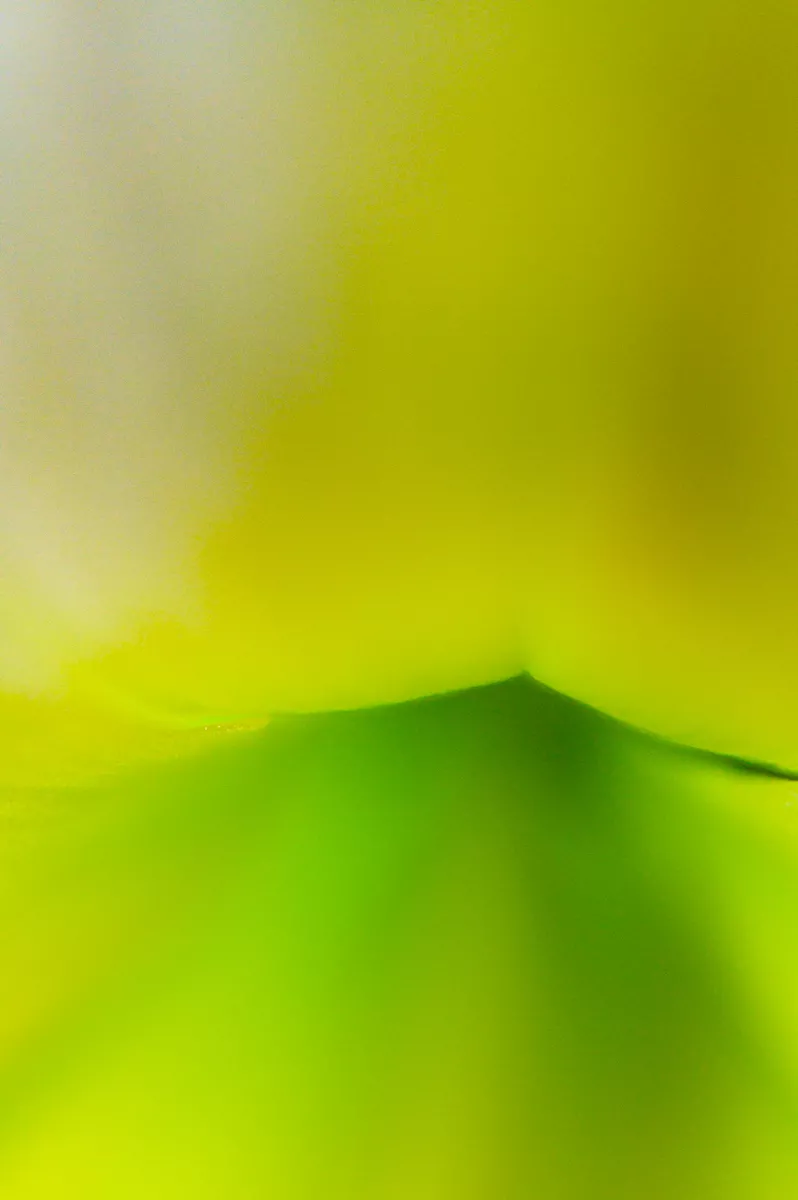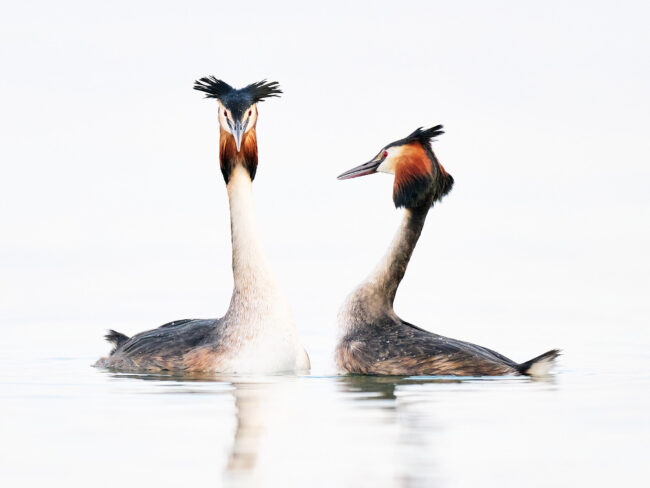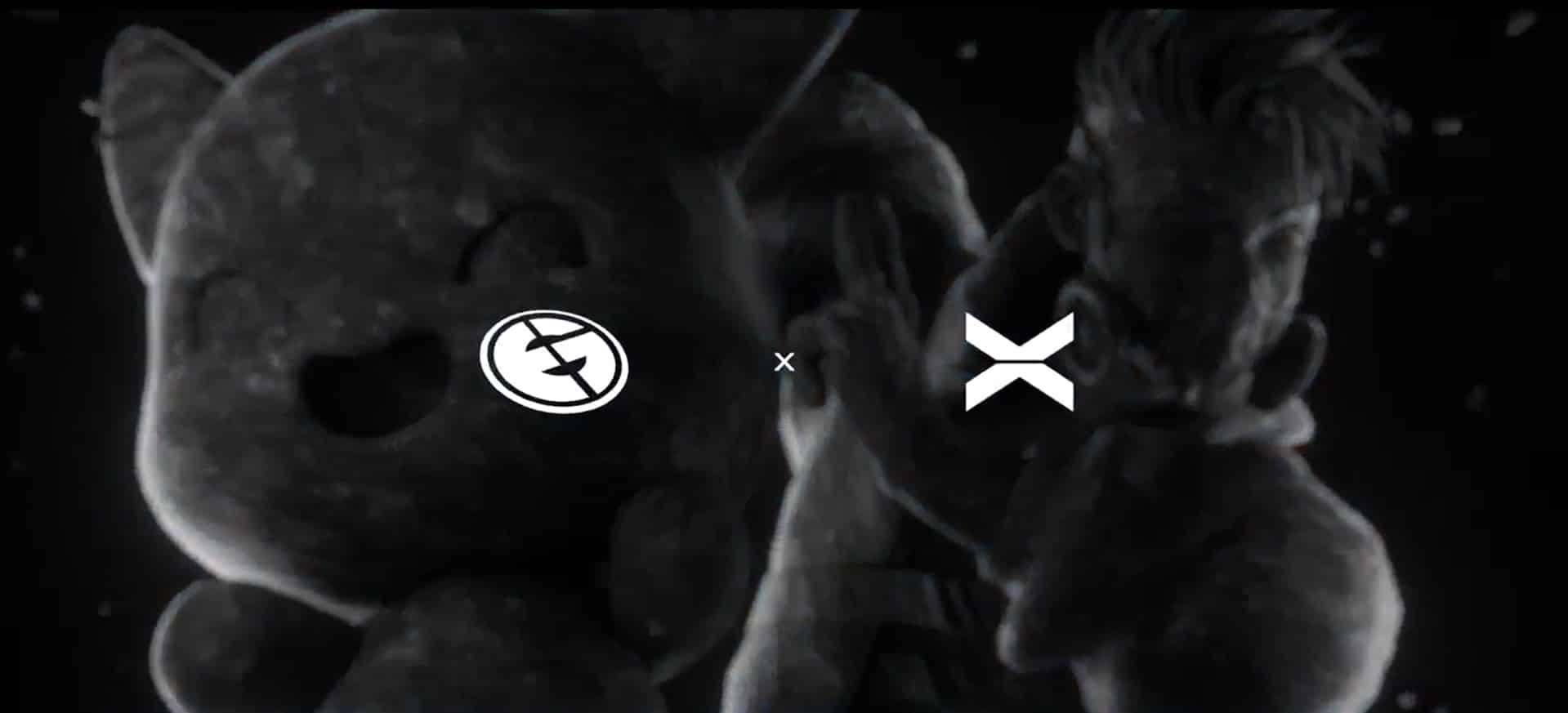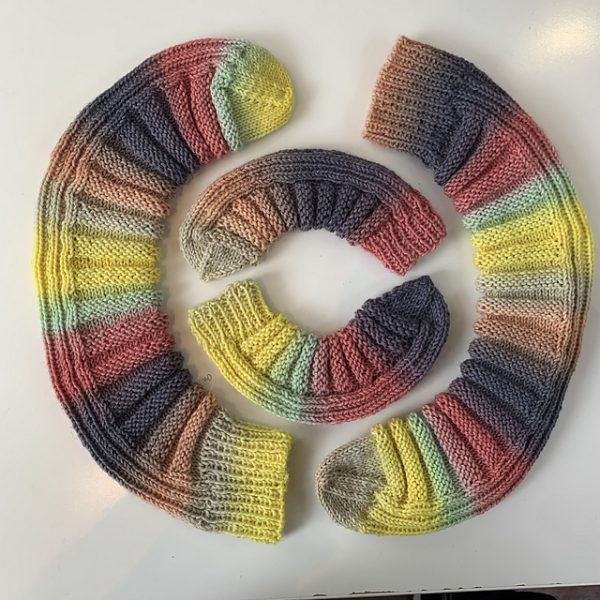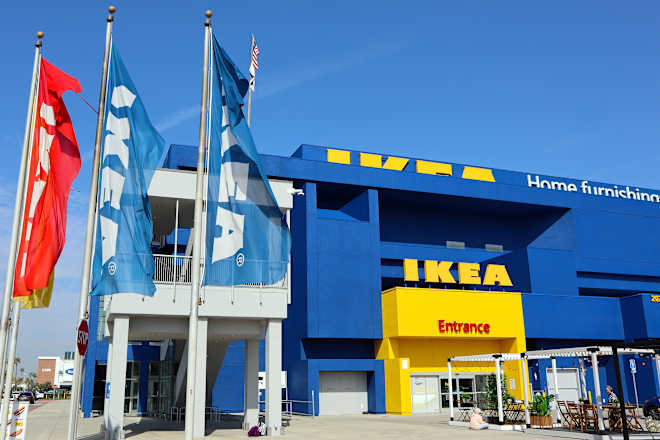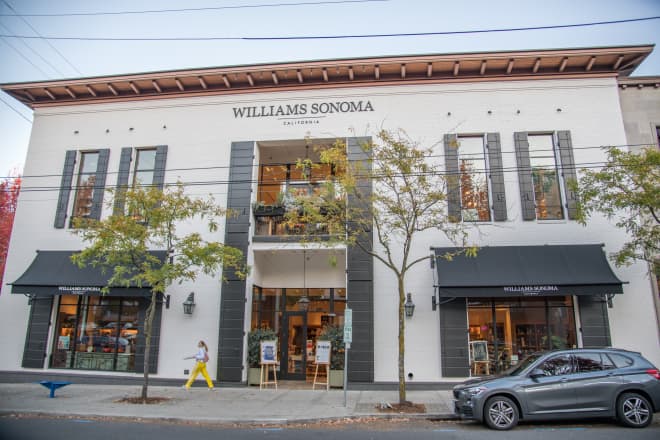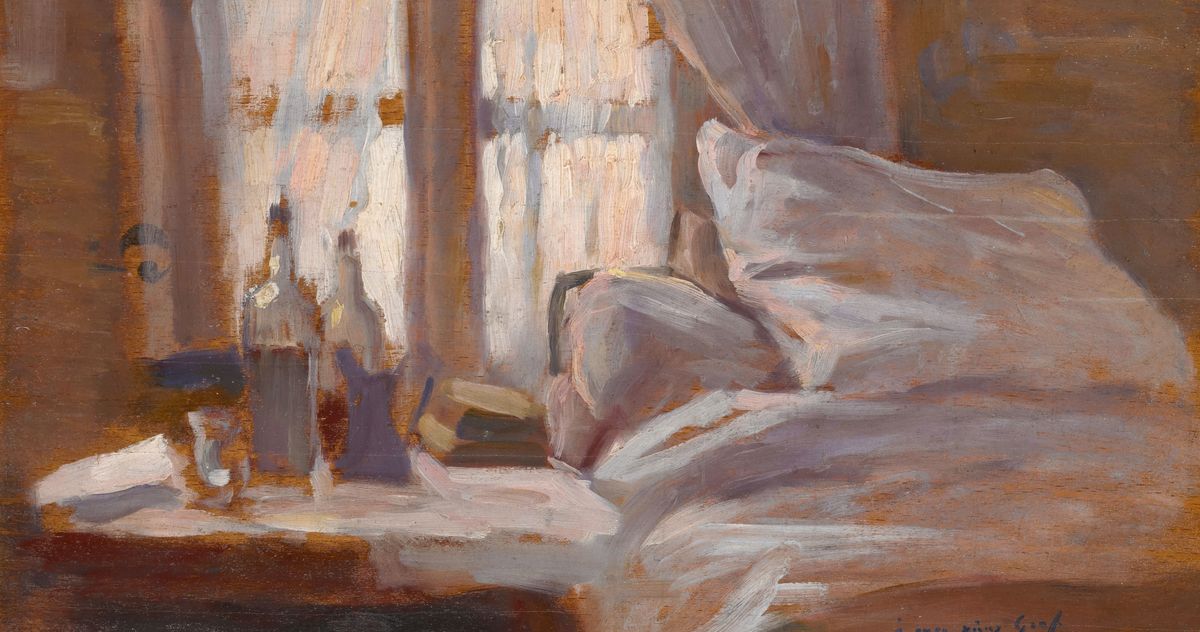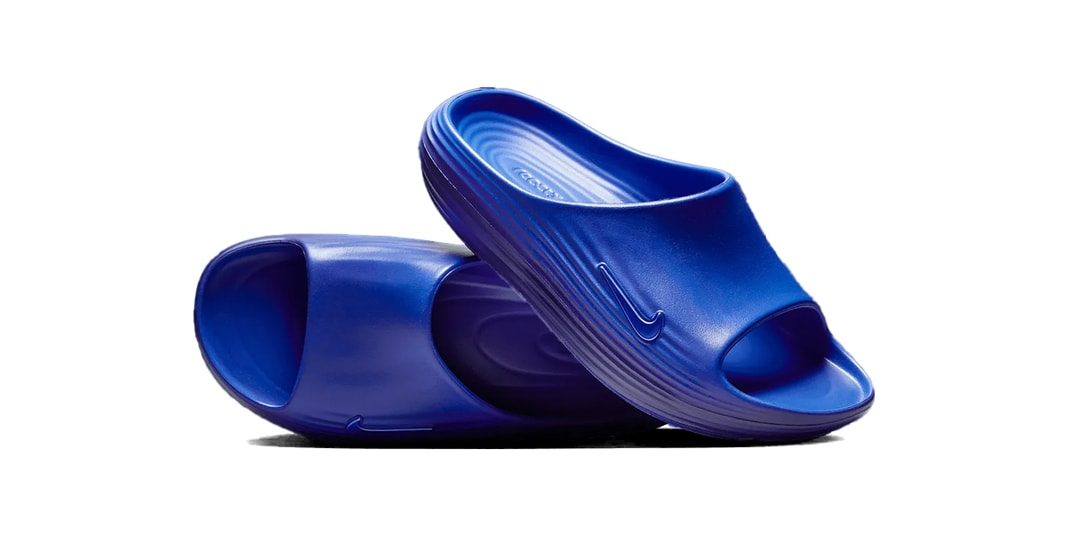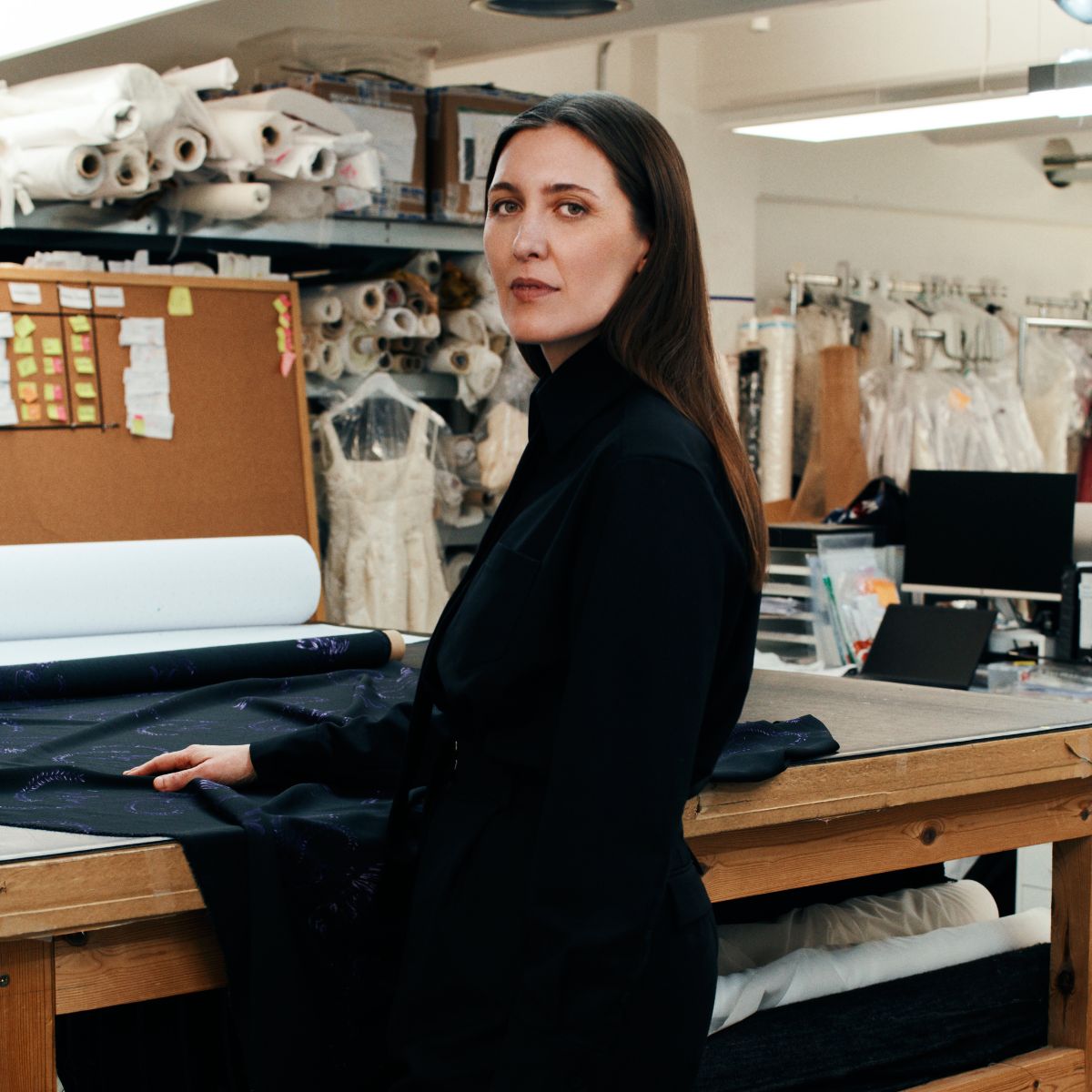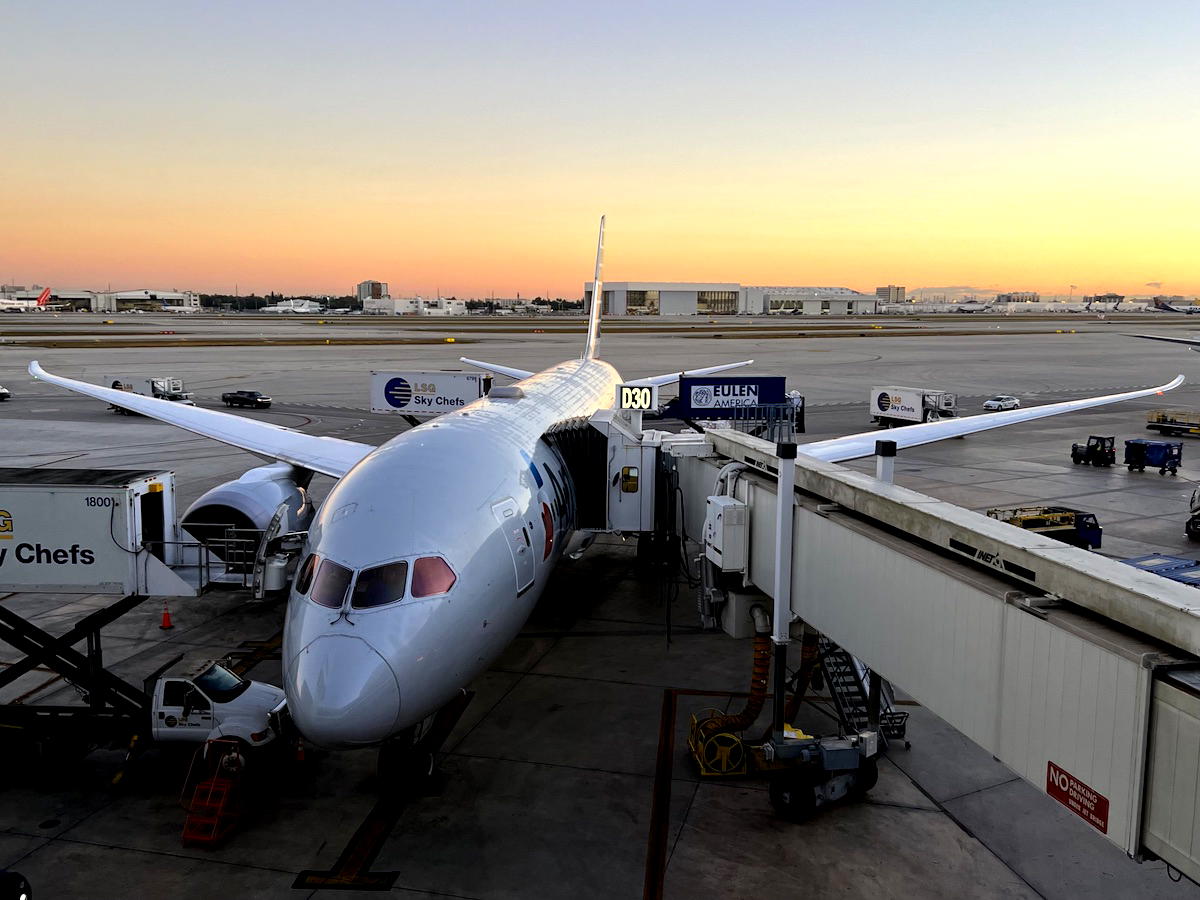CCD image sensor pioneer George E. Smith passes away at 95
Photo: Pascal Le Segretain / Staff / Getty Images News via Getty Images George E. Smith, one of the co-inventors of the CCD sensor, passed away on May 28th at his home in Waretown, New Jersey. The Washington Post reports that his death was confirmed by his son, Carson Smith, but that no cause was provided. Dr. Smith was a Bell Labs researcher in 1969 when he and his colleague, Willard S. Boyle, sketched an idea on a blackboard that would eventually become the first digital image sensor. The Charge-Coupled Device, or CCD, was the first digital sensor that provided usefully good results, yet was affordable enough to put in consumer products. The first vision for CCD application was a video phone, dubbed the PicturePhone, but the project was killed as it wasn't seen as commercially viable, and Bell Labs wanted profit in the short term. After its patent registration in 1974, the CCD sensor formed the basis of early digital cameras and sparked the digital imaging revolution. Smith and Boyle's work was so influential that they won a Nobel Prize in Physics in 2009. "Digital photography has become an irreplaceable tool in many fields of research," says the 2009 Nobel Prize press release. "The CCD has provided new possibilities to visualize the previously unseen. It has given us crystal clear images of distant places in our universe as well as the depths of the oceans." While we appreciate the technology for what it did for photography, it impacted virtually every aspect of life While we appreciate the technology for what it did for photography, it impacted virtually every aspect of life, as the Nobel Committee explained in its physics prize announcement. Smith and Boyle shared the prize with Charles K. Kao, who was recognized for his work with fiber-optic cables. "Taken together, these inventions may have had a greater impact on humanity than any others in the last half-century," said H. Frederick Dylla, director of the American Institute of Physics, to The Washington Post in 2009. It's been a critical tool for astronomy, undersea exploration and image-guided surgeries. On the camera front, Eastman Kodak used the sensor in a prototype digital camera in 1975, which was as big as a shoebox and used cassette tapes to store about 30 images. Following that prototype, the CCD sensor was widely used in consumer cameras from the mid-90s to the early 2010s. The 1.5MP Kodak DCS315 CCD Sensor. Photo: Binarysequence (CC ShareAlike 3.0) The CCD sensor works by reading from the edge of the sensor, one pixel at a time, with the charge cascading from one pixel to the next. CCDs require a lot of power for fast readout, though. Unfortunately, consumer batteries at the time lacked that power, so live view in compacts was slow and laggy. Naturally, the development of digital imaging sensors continued, and the CMOS (Complementary Metal Oxide Semiconductor) sensor, which enabled faster readout, became the dominant choice in digital cameras. CCDs are no longer used in mainstream digital cameras, but they are still used in scientific and other specialized applications, such as deep space photography. The Legacy Survey of Space and Time (LSST) camera, the world's largest camera, uses 189 individual 41 x 40mm 16.4MP CCD sensors. Smith's legacy lives on, continuing to drive innovation and leading to discoveries.

 |
| Photo: Pascal Le Segretain / Staff / Getty Images News via Getty Images |
George E. Smith, one of the co-inventors of the CCD sensor, passed away on May 28th at his home in Waretown, New Jersey. The Washington Post reports that his death was confirmed by his son, Carson Smith, but that no cause was provided.
Dr. Smith was a Bell Labs researcher in 1969 when he and his colleague, Willard S. Boyle, sketched an idea on a blackboard that would eventually become the first digital image sensor. The Charge-Coupled Device, or CCD, was the first digital sensor that provided usefully good results, yet was affordable enough to put in consumer products. The first vision for CCD application was a video phone, dubbed the PicturePhone, but the project was killed as it wasn't seen as commercially viable, and Bell Labs wanted profit in the short term.
After its patent registration in 1974, the CCD sensor formed the basis of early digital cameras and sparked the digital imaging revolution. Smith and Boyle's work was so influential that they won a Nobel Prize in Physics in 2009. "Digital photography has become an irreplaceable tool in many fields of research," says the 2009 Nobel Prize press release. "The CCD has provided new possibilities to visualize the previously unseen. It has given us crystal clear images of distant places in our universe as well as the depths of the oceans."
While we appreciate the technology for what it did for photography, it impacted virtually every aspect of life
While we appreciate the technology for what it did for photography, it impacted virtually every aspect of life, as the Nobel Committee explained in its physics prize announcement. Smith and Boyle shared the prize with Charles K. Kao, who was recognized for his work with fiber-optic cables. "Taken together, these inventions may have had a greater impact on humanity than any others in the last half-century," said H. Frederick Dylla, director of the American Institute of Physics, to The Washington Post in 2009. It's been a critical tool for astronomy, undersea exploration and image-guided surgeries.
On the camera front, Eastman Kodak used the sensor in a prototype digital camera in 1975, which was as big as a shoebox and used cassette tapes to store about 30 images. Following that prototype, the CCD sensor was widely used in consumer cameras from the mid-90s to the early 2010s.
 |
|
The 1.5MP Kodak DCS315 CCD Sensor. Photo: Binarysequence (CC ShareAlike 3.0) |
The CCD sensor works by reading from the edge of the sensor, one pixel at a time, with the charge cascading from one pixel to the next. CCDs require a lot of power for fast readout, though. Unfortunately, consumer batteries at the time lacked that power, so live view in compacts was slow and laggy. Naturally, the development of digital imaging sensors continued, and the CMOS (Complementary Metal Oxide Semiconductor) sensor, which enabled faster readout, became the dominant choice in digital cameras.
CCDs are no longer used in mainstream digital cameras, but they are still used in scientific and other specialized applications, such as deep space photography. The Legacy Survey of Space and Time (LSST) camera, the world's largest camera, uses 189 individual 41 x 40mm 16.4MP CCD sensors. Smith's legacy lives on, continuing to drive innovation and leading to discoveries.































